Top 10 Most Dangerous Cars in America

Not all cars are created equal, especially when it comes to safety. While some vehicles are packed with the latest crash-avoidance tech and top-tier engineering, others have earned a reputation for being downright risky behind the wheel.
Whether it’s due to poor crash-test scores, lack of modern safety features, or unstable handling, some cars on American roads have a troubling track record. Let’s see what are those dangerous vehicles.
1. Ford Pinto (1971–1980)

Arguably the most infamous unsafe car in U.S. history, the Ford Pinto suffered from a design flaw: its rear-mounted fuel tank. In rear-end collisions, the tank could rupture and ignite, leading to fatal fires.
Internal memos revealed Ford calculated the cost of legal settlements would be cheaper than fixing the issue—a PR nightmare that defined the term “cost-cutting at the expense of safety.”
2. Chevrolet Corvair (1960–1964)
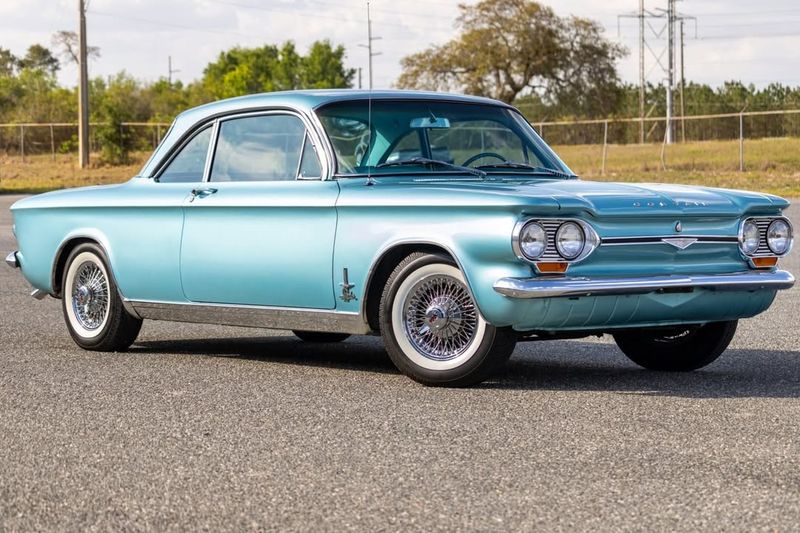
Ralph Nader’s “car that started it all,” the Corvair battled a swing-axle rear suspension prone to extreme oversteer. Sharp maneuvers triggered instability, often ending in rollovers.
Nader’s Unsafe at Any Speed sparked public outcry, paving the way for sweeping automotive safety reforms.
3. Ford Explorer (2000–2002, especially with Firestone tires)
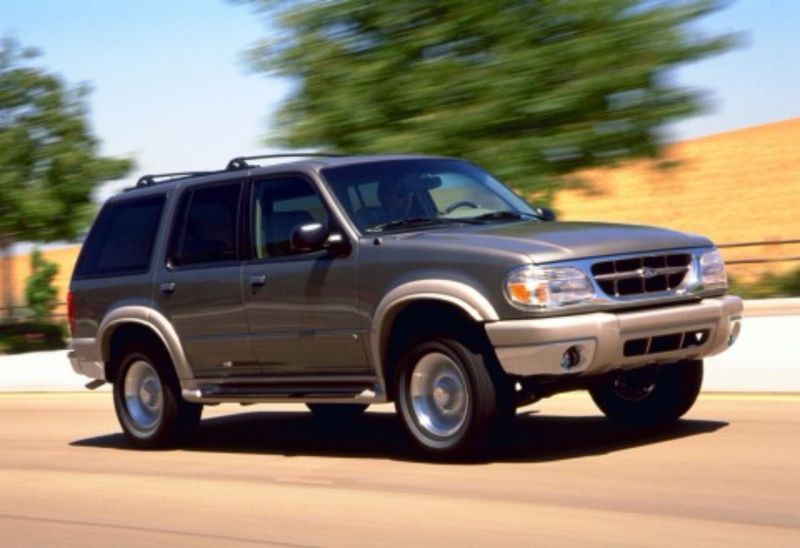
While the Explorer was wildly popular, early 2000s models paired with Firestone ATX and Wilderness tires experienced numerous blowouts and rollovers. More than 200 tragedies were linked to the tire failures alone.
The high center of gravity and soft suspension only increased the rollover risk, even without tire issues, leading to a recall of over 14 million tires.
4. Yugo GV (1985–1992)
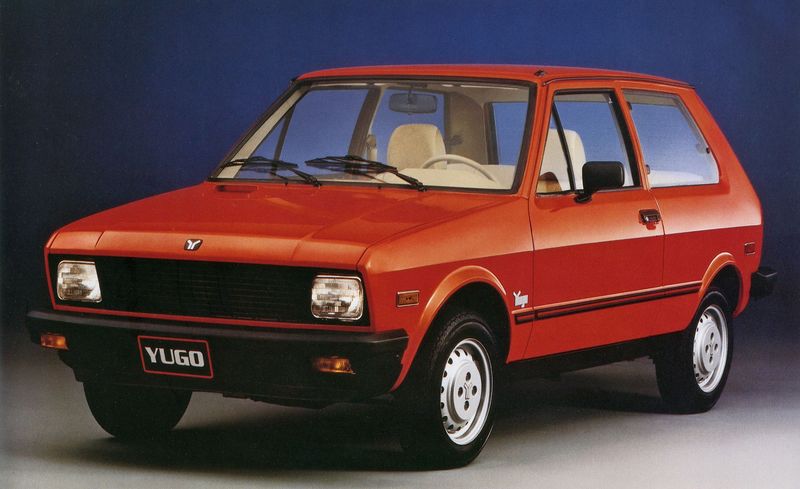
Imported from Yugoslavia with a bargain-basement price, the Yugo delivered minimal crash protection. Its paper-thin body crumpled easily, lacking reinforced doors or airbags.
Engine failures, electrical glitches, and brake issues compounded its abysmal safety ratings—a risky mix for any driver.
5. Dodge Neon (1995–2005)
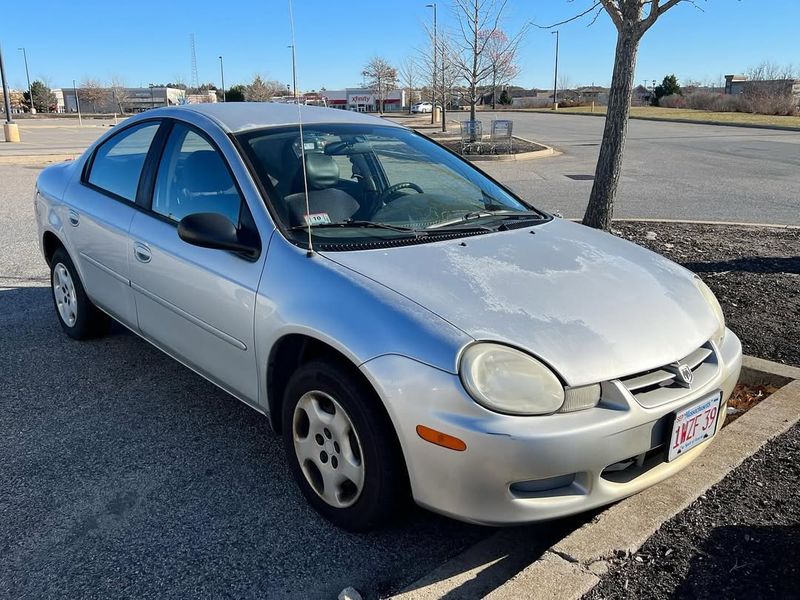
Popular with young drivers, the Neon fell short in safety tests. Early models scored low in side-impact and frontal collisions, with optional airbags and ABS leaving gaps in protection.
Weak body integrity and aging reliability issues heightened risks over time, marking it a below-average choice.
6. Chevrolet Cobalt (2005–2010)
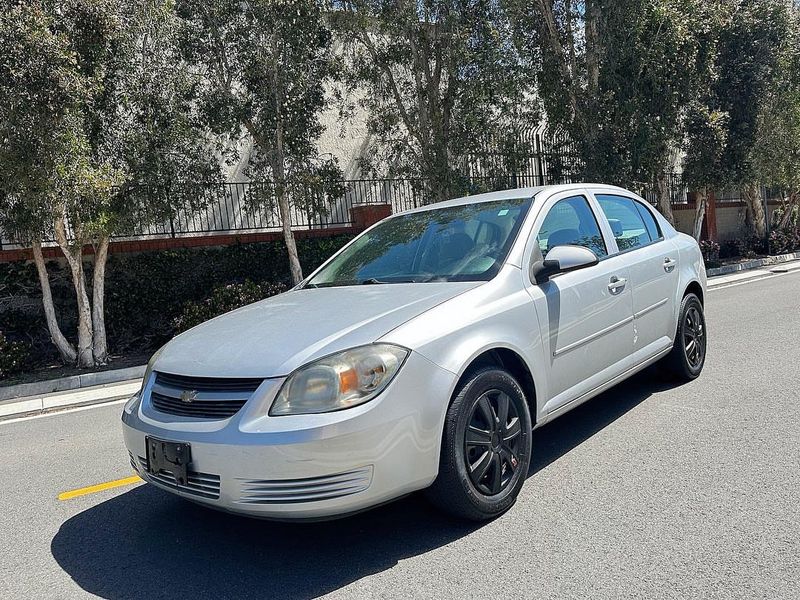
A faulty ignition switch in the Cobalt could shut off mid-drive, disabling steering, brakes, and airbags. This defect claimed over 120 lives, triggering a 2.6-million-vehicle recall and congressional scrutiny.
GM’s delay despite years of warnings fueled public outrage over the preventable tragedy.
7. Jeep Wrangler (2-Door, Especially 2007–2017)
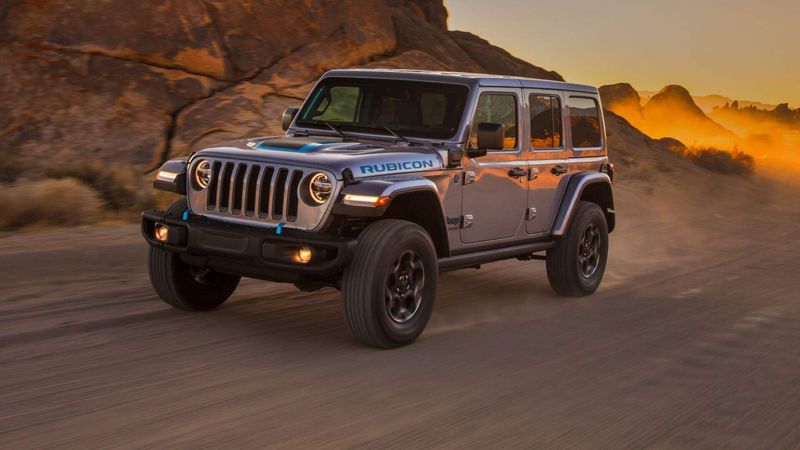
Beloved for its off-road chops, the 2-door Wrangler has long struggled with safety in urban settings. The Insurance Institute for Highway Safety (IIHS) gave it poor ratings in side-impact and small overlap front crashes.
In rollover tests, the Wrangler’s narrow stance and removable roof made it especially vulnerable. Even today, it lacks modern safety aids like lane-keeping assist or automatic emergency braking as standard.
8. Suzuki Samurai (1985–1995)
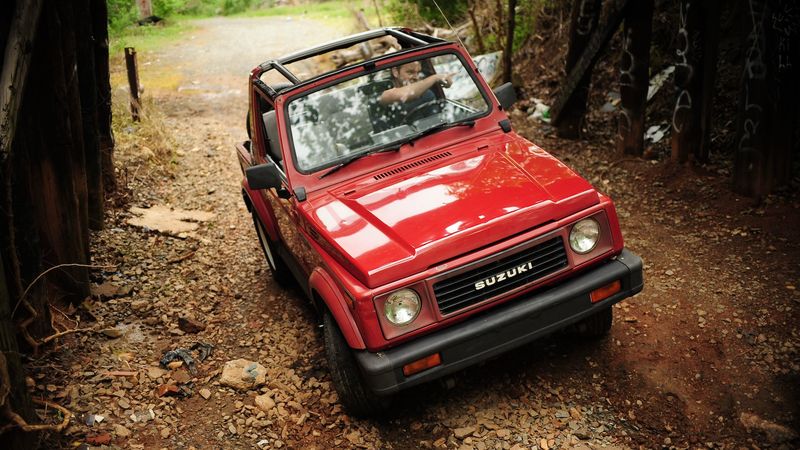
Light, affordable, and off-road capable, but also dangerously prone to rolling over. The Samurai’s high center of gravity and short wheelbase made it unstable, especially in quick lane changes.
A Consumer Reports article claimed it “easily rolls over in turns,” prompting lawsuits and a public relations war, even as Suzuki tried to improve the design.
9. Kia Sephia (1994–2001)
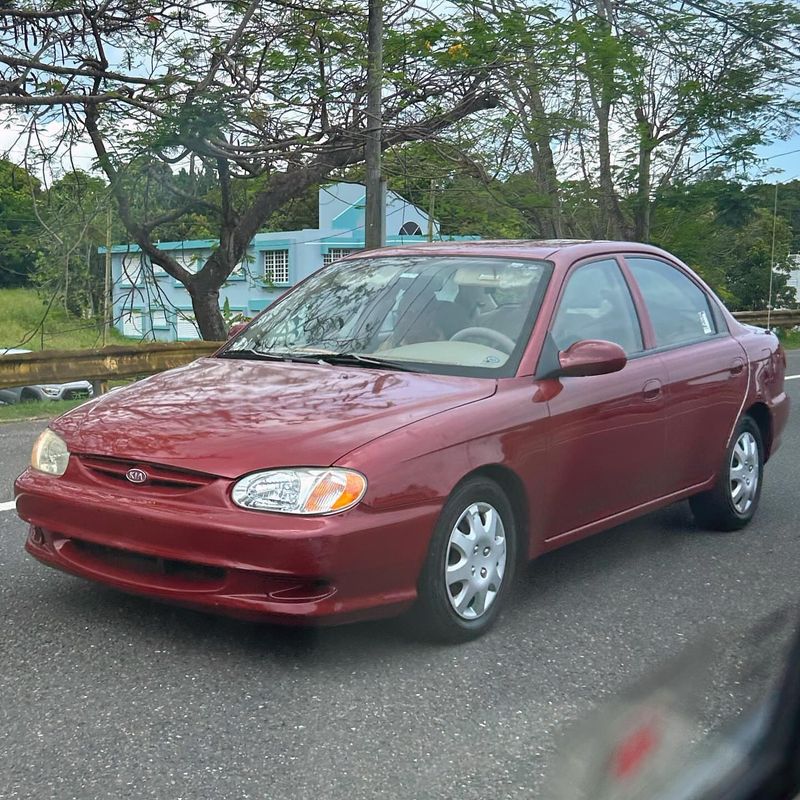
Entering the U.S. with a low price, the Sephia skimped on critical safety features like side-impact airbags and traction control. NHTSA tests revealed weak frontal and side-impact performance.
Brake failures and electrical glitches further eroded its reliability, making it a gamble for daily driving.
10. Pontiac Fiero (1984–1988)
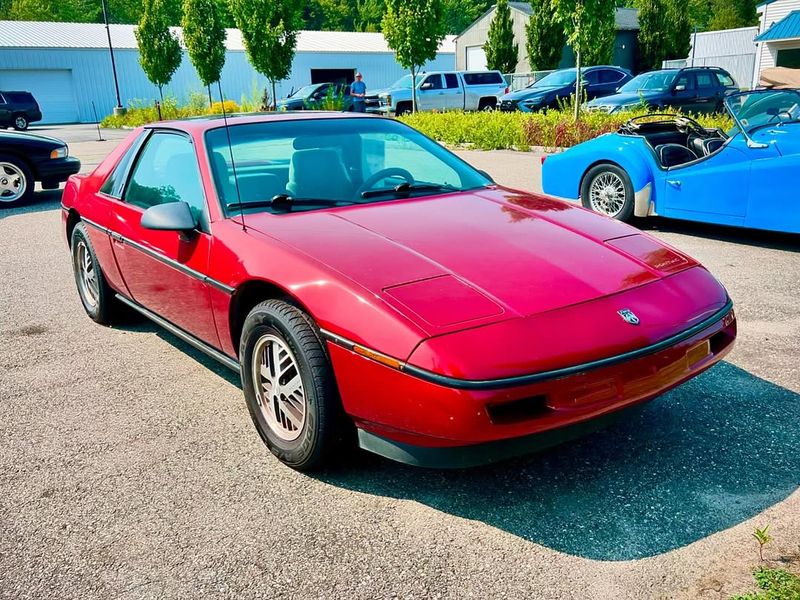
GM’s first mid-engine car, the Fiero hit the market prematurely. Oil leaks and coolant failures sparked engine fires, with over 25,000 units recalled in 1987 alone.
Despite an innovative chassis, shoddy build quality doomed its reliability, leaving it notorious for flames rather than speed.
